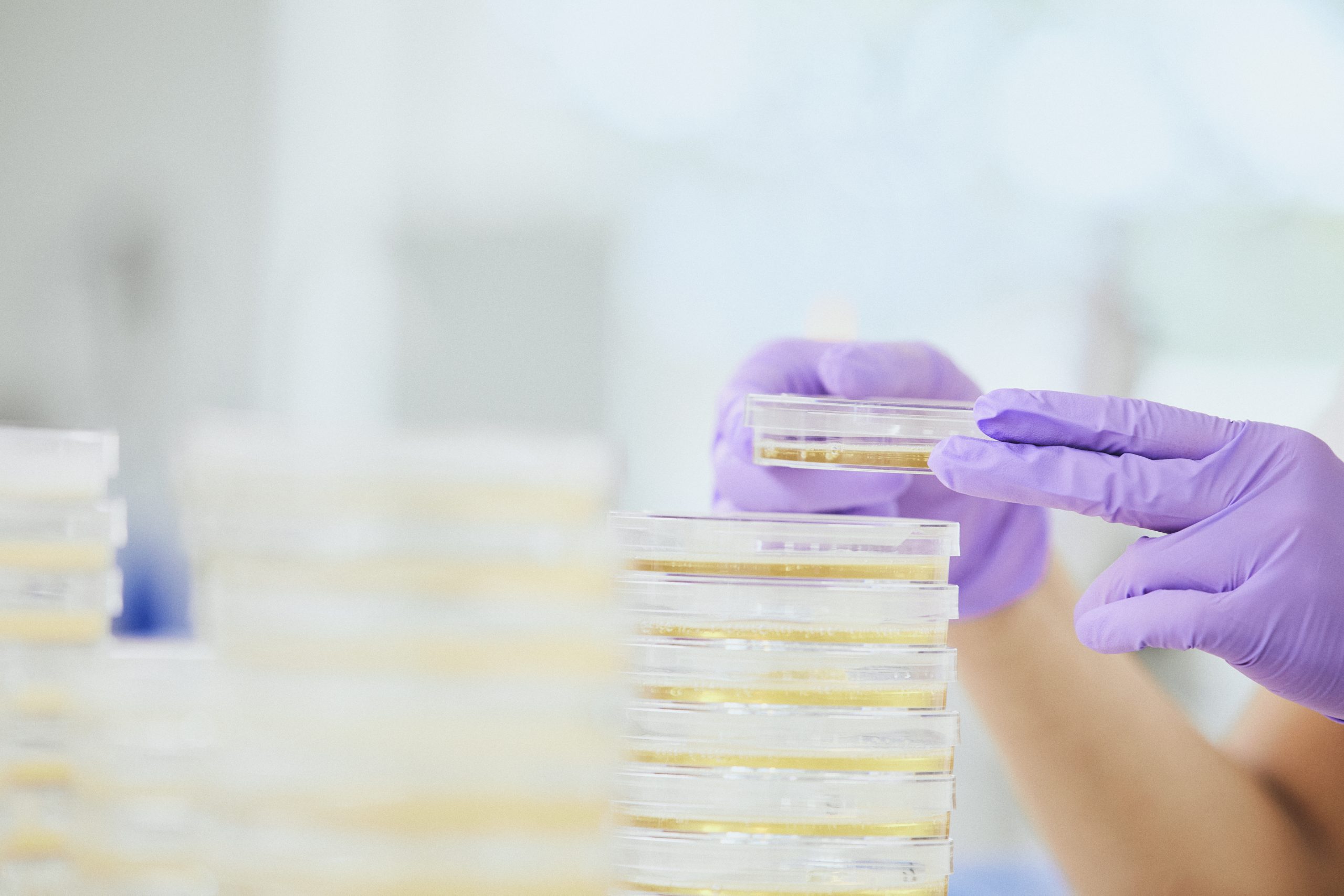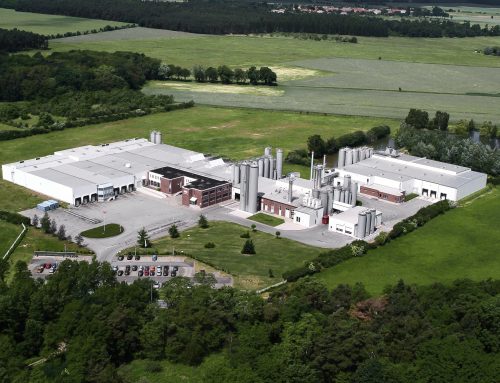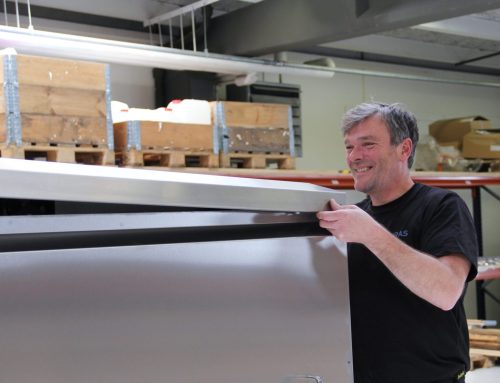Raslysation mentioned in new dairy study
Raslysation™ in the research: Lyras featured in new dairy study
At Lyras, we are delighted to see our technology, Raslysation™, featured in a new peer-reviewed study published in the International Dairy Journal. It is an honor to be mentioned alongside Agropur in this important work.
The researchers — Hanane Abed, Veronica Perreault, Yolaine Lebeuf, Rachel Gervais, and Alain Doyen — conducted a comparison between traditional HTST pasteurization and UV-C treatment on the quality attributes of whole milk, skim milk, and whey protein concentrate.
Their findings highlight how UV-C light treatment can be “[…a promising technology due to its ability to inactivate a wide range of pathogenic and spoilage microorganisms…]” while “[…demonstrating its ability to preserve nutritional quality…]”. They also emphasize its simplicity and low cost.
We are excited to see Raslysation™ gaining scientific recognition as a potential game-changer for more sustainable and gentle dairy processing.
Read the abstract of the research paper:
Ultraviolet (UV-C) treatment is a proposed alternative to conventional high temperature-short time (HTST) processes for milk pasteurization. However, little information is available on its impact on the chemical composition of milk, as well as a comparison with HTST treatment. Consequently, the aim of this study was to compare the effects of HTST (72 °C, 16 s) and UV-C (coil diameters of 5- and 7-mm, 1 or 2 passes) with turbulent flow on the proximate composition, protein profiles and surface properties, as well as off-flavor development in whole milk (WM), skim milk (SM), skim milk generated from whole milk (SMWM), and whey protein concentrate (WPC).
Our results on proximate composition showed that only the UV-C treatment with 2 passes using a 7-mm coil resulted in lower lipid content in SMWM compared to HTST. Protein profiles, free thiol content, surface hydrophobicity, and aromatic amino acid levels remained similar between the control, HTST and UV-C treated samples. However, higher alcohol levels were detected in HTST-treated samples, while UV-C-treated dairy fluids had increased levels of free fatty acids and ketones. In addition, hexanal concentration increased only after HTST treatment of WM. This study highlights the potential of UV-C treatment in the dairy industry, demonstrating its ability to preserve nutritional quality while also offering valuable insights into lipid oxidation and the formation of light-induced off-flavor compounds.
Read the full research paper here





